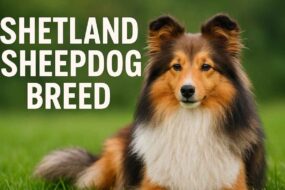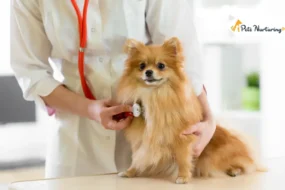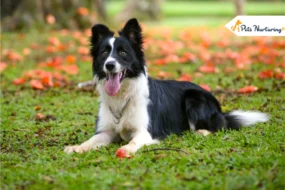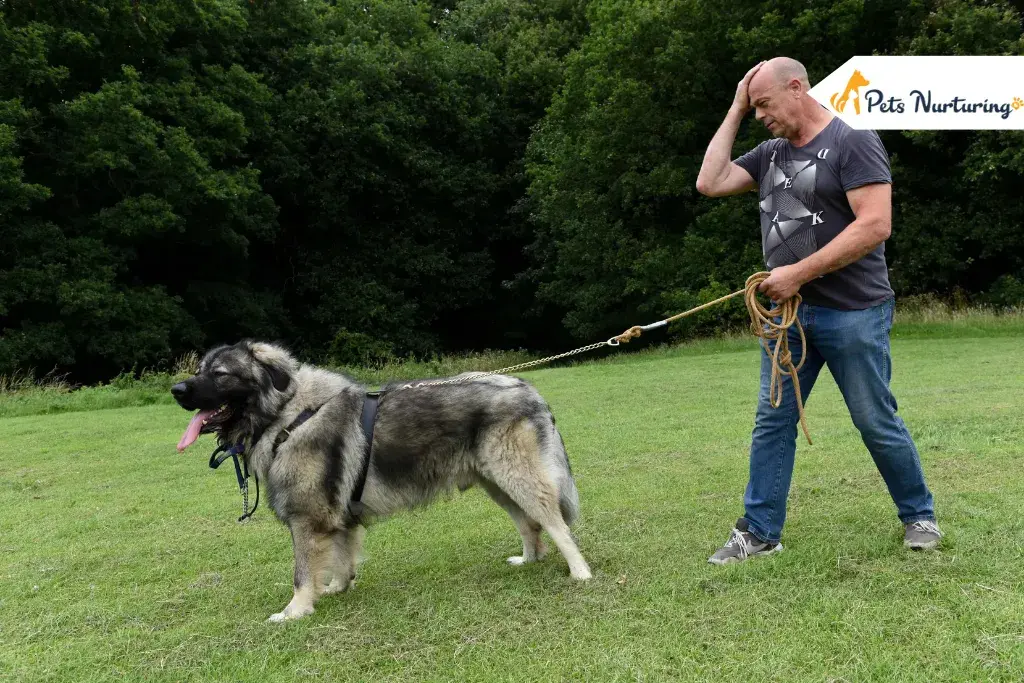
The image of the teddy bear has always kept us in the dark. Seeing that cute fluffy giant bear on our bed, we just want to cuddle with it. However, thinking about having a real grizzly bear as a pet is way far from dangerous. You can’t have a grizzly bear, but what about its doggo version? Here we are talking about the Russian Bear dog breed, aka. Caucasian shepherd dog. It is one of the giant dog breeds with a fascinating history.
Although many families like having a giant dog breed, this one might be challenging to have. Also, it isn’t for a novice owner. There is much more than having the handsome and fluffy appearance of this dog. You shouldn’t go on its appearance while estimating the temperament.
Here we have penned down the entire Russian bear dog’s complete information. (From its history, appearance, temperament, and common health issues.)
Before we start, here’s the basic summary of this giant breed:
- Basic Summary of Russian Bear Dog
- History of Russian Bear Dog
- The Appearance of Caucasian Hunting Dog
- Personality and Temperament of Russian Bear Dog
- Exercise and Diet of Caucasian Ovcharka
- Training and Grooming Needs of Russian Bear Dog
- Common Health Problems of Caucasian Shepherd Dog
- 101 Interesting Caucasian Mountain Dog Facts
Basic Summary of Russian Bear Dog
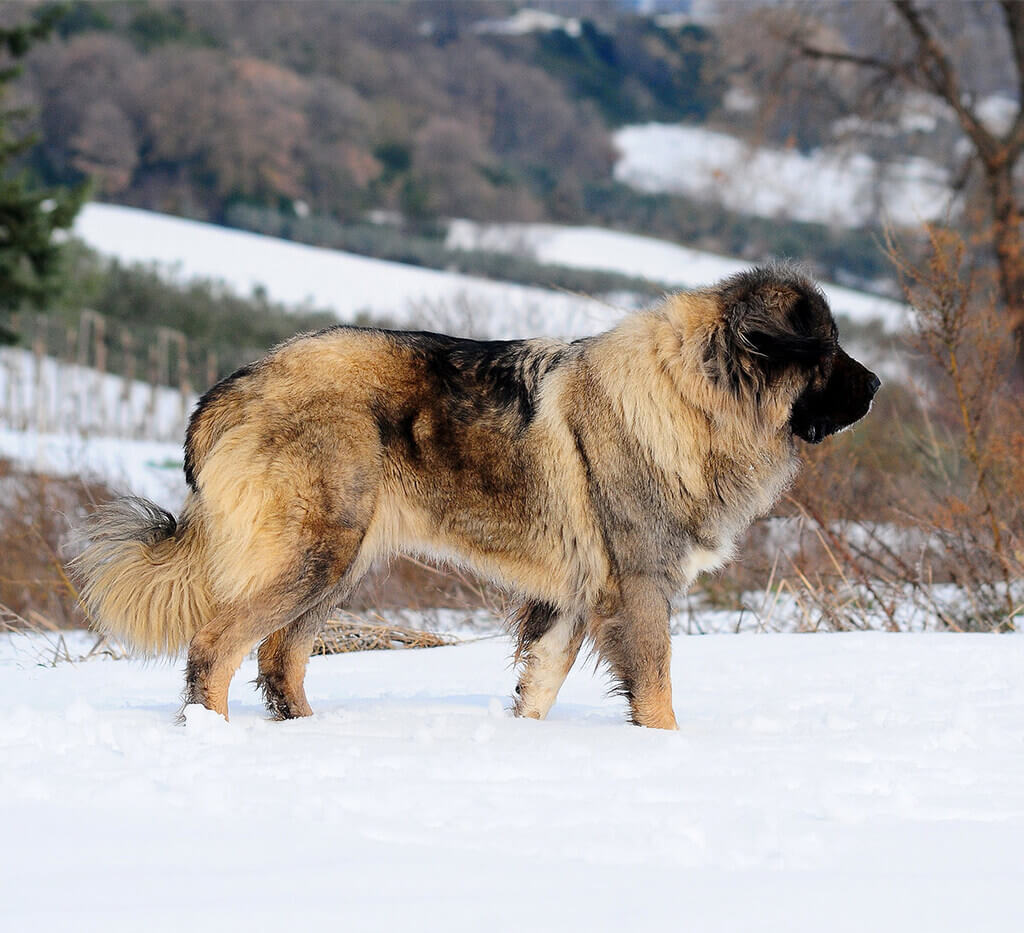
Russian Bear Dog Breed Overview
Breed Name : Russian Bear Dog
Breed Group: Working Group
Height: 26-35 Inches
Weight: 100-200 pounds
Lifespan: 10 – 12 Years
Coat: Double Coat with short to long length variation
Color: Red-Brown, grey, white, black, cream, and fawn
Temperament: Powerful, calm, fearless, dominant, strong, and alert
Needs for Grooming: High
Hypoallergenic: No
Origin: Caucasus
This was summarized facts of the dog, now let’s move to the real information.
History of Russian Bear Dog
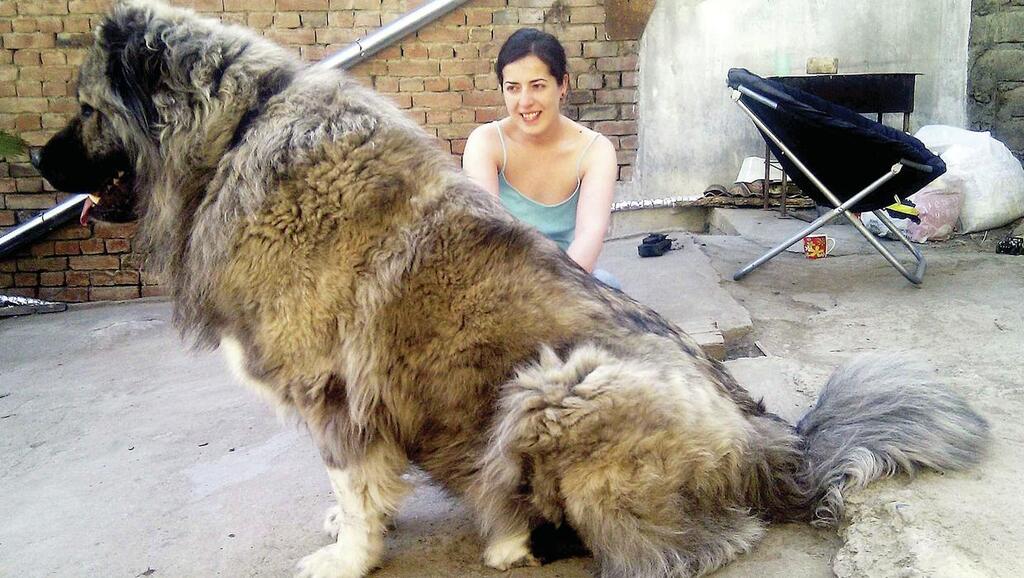
- The original name of this dog is Caucasian Ovcharka, which means ‘the sheepdog of Caucasian.’
- It has a history of at least 2500 years. They are the descendants of ancient Molossers.
- The origin of this dog belongs to the Caucasian Mountain Range.
- This Russian mountain dog was bred to protect livestock and herds from huge predators like wolves and bears.
- They are still used for the same purpose in the Caucasus mountain range (specifically, Georgia).
- In the year 1920, their inexplicable protective instinct led them to be the guard dogs for government facilities and factories.
- After that, it has been gaining popularity in other countries like Russia, Azerbaijan, Georgia, Germany, etc.
- In 1930, it took part in the official ring show for the first time.
- The Russian bear dog has received recognition from various kennel clubs like the United Kennel Club, Federation Cynologique Internationale (FCI), and the American Kennel Club (AKC).
The Appearance of Caucasian Hunting Dog
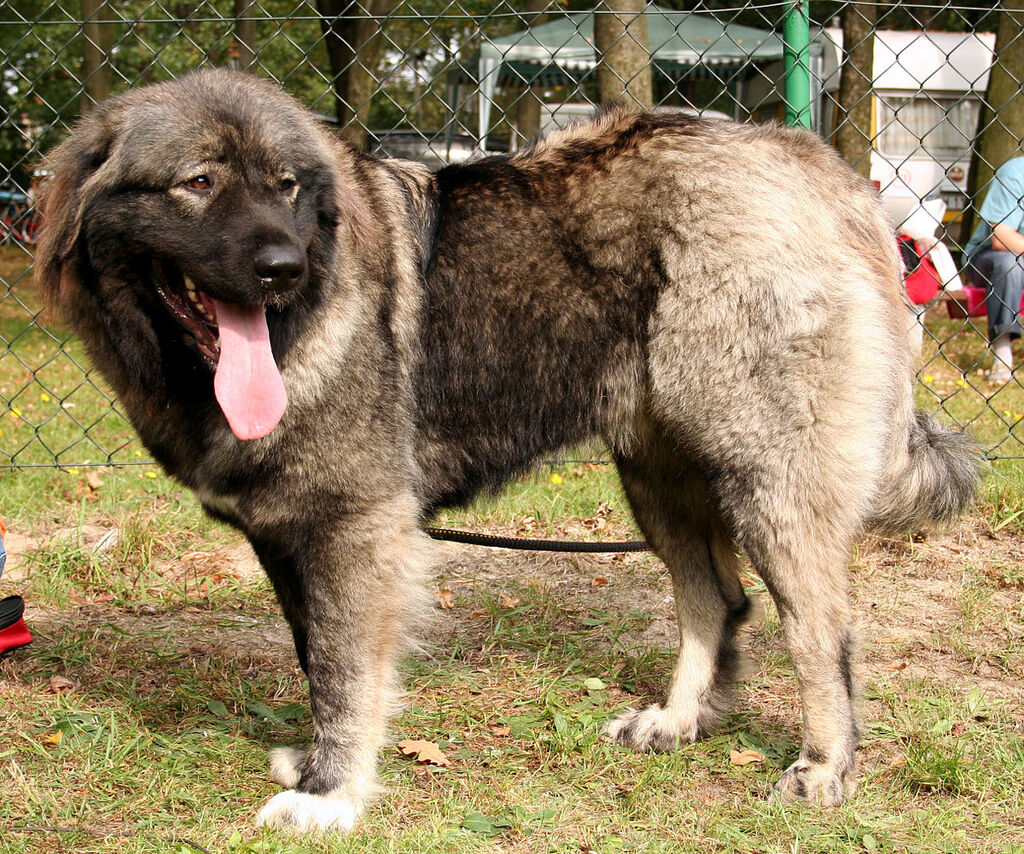
- There’s a reason, it is called the Gentle Giant. It can easily deter predators from attacking livestock, herds, and flocks with his broad body, visible muscles, and a substantial build-up.
- This handsome punk has a bear-like (broad) face, with deep and dark oval-shaped eyes. It has high triangular ears and muzzle tapers to the nose, either black or brown.
- The Russian bear dog is one of the largest dog breeds in the world.
- Male Ovcharka can grow up to 28 to 35 inches with a weight of 110 to 200 pounds. While females have a height of 26 to 31 inches with 100 to 180 pounds.
- It has a thick double coat that allows it to survive and work in the coldest region.
- Its thick mane works as the added protection layer against injury when fighting with the wolves.
- The double coat’s outer layer has coarse and long hair, while the inner one is smooth and short.
- You will find them with different color coats such as brown, white, grey, fawn, black, tan, piebald (one with white markings), and Brindle (tricolored).
Personality and Temperament of Russian Bear Dog
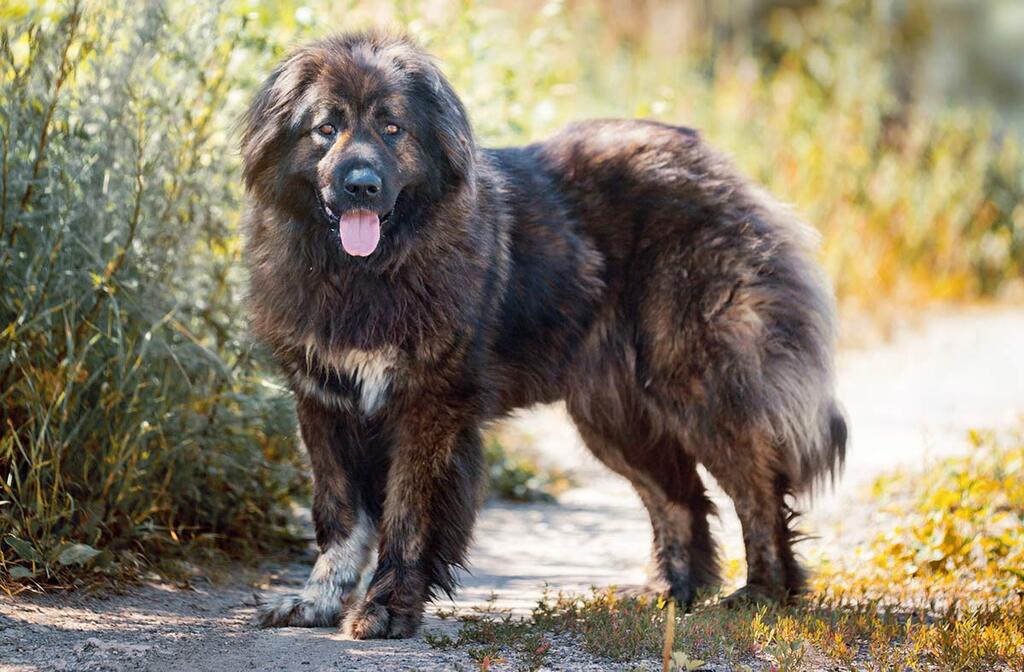
- You already know that these dogs were bred to protect livestock, so protection is in their blood.
- They are strong enough to save their close ones from any danger.
- This breed is widely known for its alert behavior against strangers and loving & calm temperament with its family.
- They will get ferocious upon sensing someone apart from their territory or an unordinary moment and person. Hence socialization is necessary.
- After reading up here, you might be thinking that this breed is hyperactive, but let me tell you the truth, no, instead it can be lethargic sometimes.
- Though that doesn’t eliminate the need for a walk, they are more of a dependent kind.
- If Ovcharka feels fear or mistrust, it will get aggressive. (Keep that in mind!)
Even though it has a kind of negative image, I would like to clarify some things related to whether it can be a good family pet or not:
- This breed will have a strong attachment to their family, and naturally, the protective instinct will rise with time.
- Having a Russian bear dog at home will be the best option if you look for a guarding and protective breed.
- However, the sheer size and strength might be scary for children. Thus, it isn’t a good pet option for a family with children or small kids.
- Children and small kids tend to poke around until the pet responds, it won’t get aggressive purposely, but its stern look might be depressing for kids.
- Handling these gentle giants isn’t a cup of tea. An all-adult family is recommended to have Ovcharka as a pet.
Exercise and Diet of Caucasian Ovcharka
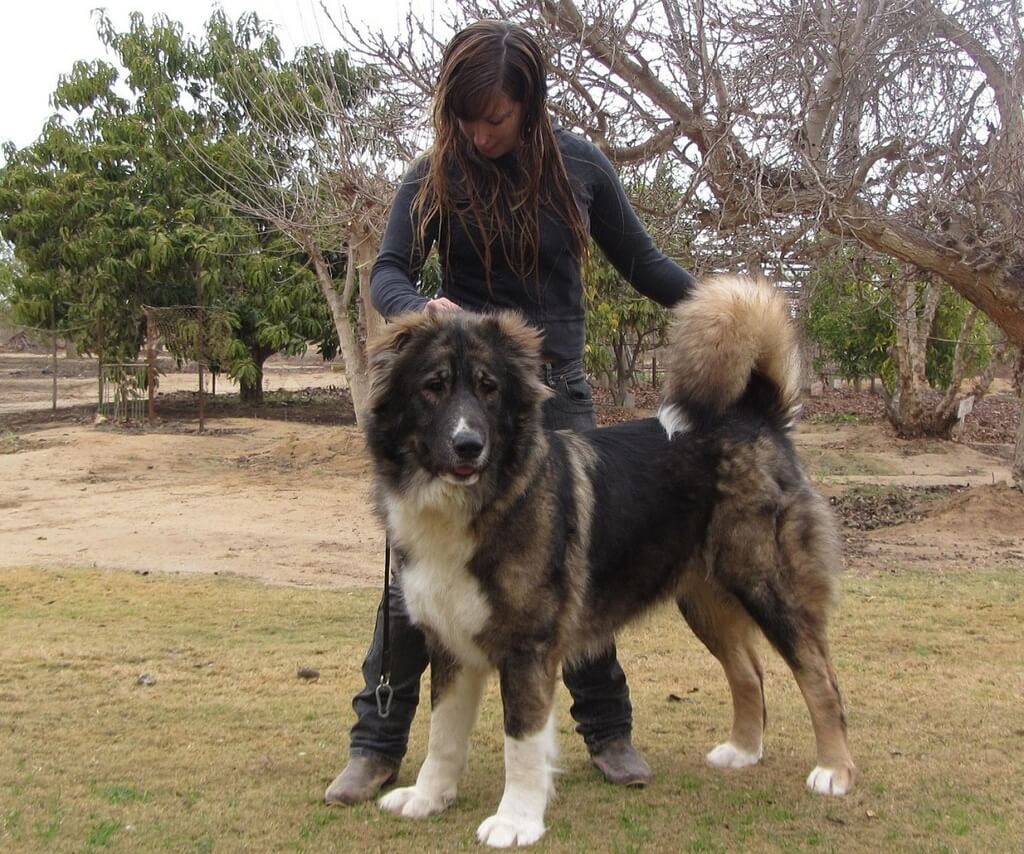
- This might shock you, but they are known for their low energy level. Even though a regular walk is a must. (60 minutes)
- You can take Russian bear dogs to hike and long walks (their endurance is excellent).
- They like to stay outdoors, so make sure you take them to the park for walks and exercise.
- When on a walk, always stay ahead and let it know who the leader is.
- Don’t over-exercise the Russian bear puppy. It will result in undue strain in joints.
- They love playing fetching and catching games; it will also act as an exercise for it.
- A minimum of 15 minutes of fetching will be enough but make sure the fences around the yard are high enough, or it might jump out.
Tip: Remember to keep your Russian bear dog breed on the leash while walking or hiking outdoors.
Diet Requirement:
- As a big breed dog, it will need high-quality dog food specially curated for the large breeds.
- The dietary needs of Caucasian shepherd dogs depend on their weight. Here’s the guide:
| 100 pounds | 2000 calories/day |
| 115 pounds | 3000 calories/day |
| 200 pounds | 4000 calories/day |
- Make sure they grow slowly and steadily to avoid any joint problems in the future.
- They need food with an abundant amount of proteins. Why? Because they are carnivores.
- Feed your gentle giant twice a day – morning and evening for providing the perfect amount of energy.
- Artificial ingredients and fillers are harmful to their bodies, so it would be better to avoid them.
- Also, your dog’s size and age matter while feeding, so before buying the dog food, have a look at what age or size it is for!
Training and Grooming Needs of Russian Bear Dog
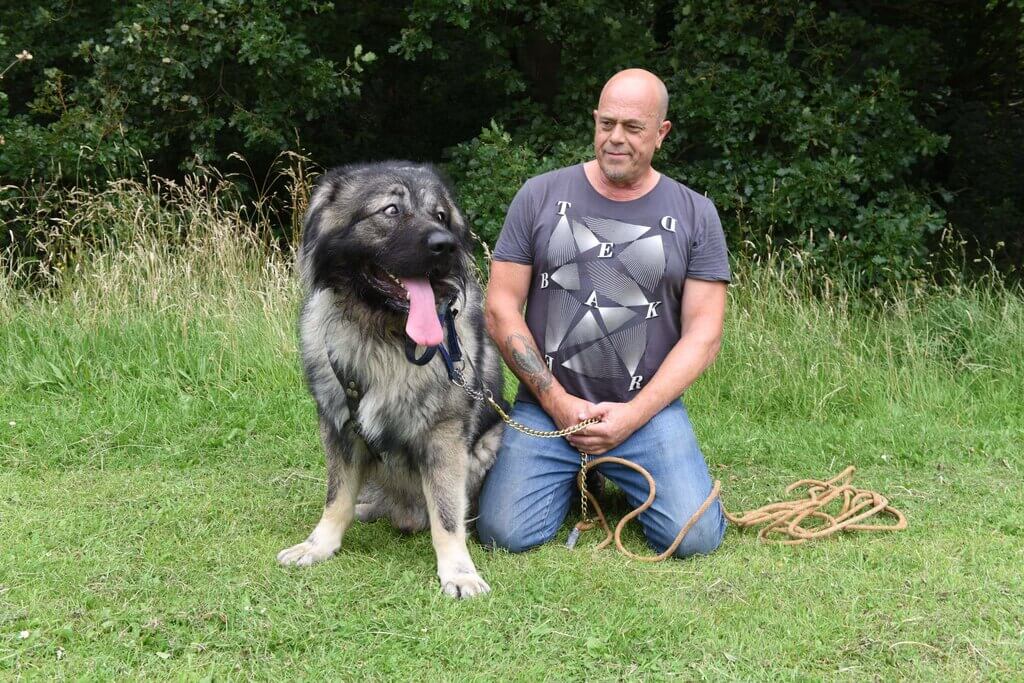
If you have decided to get this massive breed dog as a pet, make sure you don’t miss the training sessions. Why? A small dog without any training can’t do much damage, but large ones can undoubtedly do that. So here are the key points that will help you with training an Ovcharka dog. Let’s get started!
- It isn’t going to be easy training a Russian bear dog, due to its independence and stubbornness.
- Train it with a positive approach only. Negative behavior will lead them towards aggressiveness.
- Make sure you do the training on open ground. They like to round around in a large space.
- Start training the Russian bear dog breed as soon as you get it home (at the age of 5 to 7 months). It will get headstrong as it grows, making it difficult for you to train.
- The first thing you will have to teach is confidence, gentleness, and tolerance. Small pups won’t harm, but grown-ups will do the worse in uncertain situations.
- Early socialization is necessary as this breed isn’t much good with other canines and strangers. So you have to make it meet new people and canines and be good with them.
- By positive approach, what I meant is, providing treats and verbal praises. This way, it will understand the importance of being well-behaved.
- You will have to train it to follow your lead, so make them respond to the commands like Leave it, Sit down, Behave, etc.
As for grooming, you will have to spend more and more time keeping its fluffy coat shiny and healthy.
Grooming Requirements
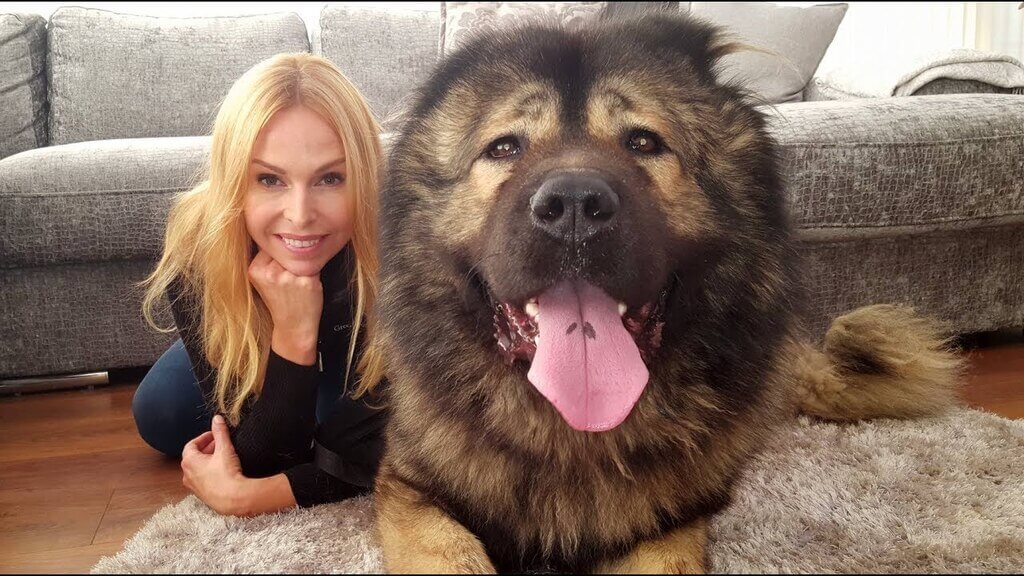
- The Russian bear dog has a thick double coat, and they also shade (not a lot). This breed sheds way more than anything only twice a year. At that time, it will shed all its inner hair. (The process is called ‘ Blowing.’)
- No matter whether it has long hair or short, grooming needs are equal. The reason is the thickness of the mane.
- The fur gets matted quickly. Therefore it will need daily brushing. The matted fur isn’t gorgeous to look at. Also, it can be a hindrance for your pup to look around.
- You will need to have a grooming session of 3 to 4 minutes daily.
- Make sure to clean ears, paws, tummy, and trousers.
- You might need to take it with a professional groomer for trimming once a week or month.
- Also, make sure its hair isn’t too short, or skin is exposed as the double coat helps it adapt to different weathers quickly.
- Cutting their nails regularly is necessary as they grow much faster.
- To avoid ear infections, you need to clear up the wax buildup and debris.
Common Health Problems of Caucasian Shepherd Dog
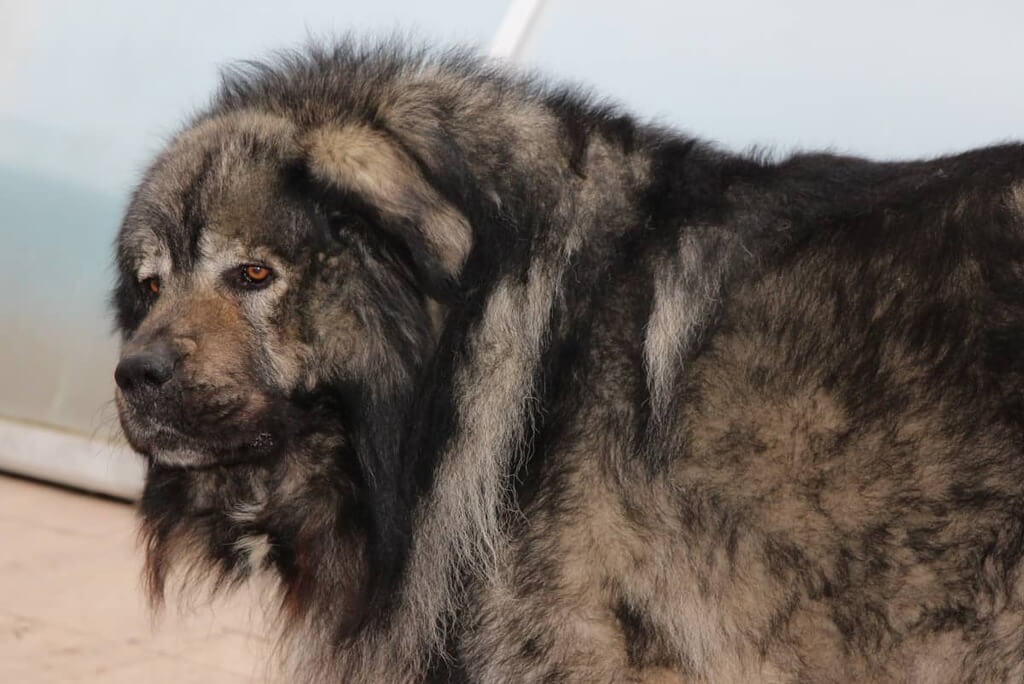
- Caucasian shepherds can grow up to the size of a tiger. In 2018, there was a dog named Fluffy, who was featured in the newspaper for the same.
- There’s a misleading concept about its name. Most people think bear in the name is because of its appearance, it might be true, but the real meaning is they were once used as a ‘bear-hunter’ in Russia (Caucasus region).
- Why were Russian dogs used in Prisons? To keep notorious and violent criminals in the line.
- They aren’t just the best police and guard dogs, they also know their duties well to protect the correctional facilities in the US.
- Female Russian bear dogs can give birth once a year only.
- They come in three coat length variations: short, medium, and long.
- With proper training, they can even act as therapy dogs.
- In 1989, he served as a patrolling dog in Germany near the Berlin wall.

Until now, you read about care for a Russian breed dog. Now let’s see what health problems it has! As for general information, it is one of the healthy breeds, which can live up to 12 years. However, every puppy has its own weak points.
- It is general to have genetic health problems in purebreds, due to their inbreeding for years.
- There are a few genetic diseases that Caucasian shepherd dogs are prone to, such as:
- Hip Dysplasia
- Elbow Dysplasia
- Obesity
- Bloat
- Cataracts
- Luxating patella
This dog breed is highly prone to hip dysplasia. To avoid this health problem, make sure you aren’t letting your dog jump in and out of the car, and using stairs. These activities will lead to joint and hip problems.
Here’s a tip if you really want to buy a Russian bear dog breed:
“Get the Russian bear dog from a reputable breeder only. Check the breeder’s background and ask for the necessary information, before finalizing.”
Last but least is the list of interesting facts about this huge dog from the Caucasus Region,
101 Interesting Caucasian Mountain Dog Facts
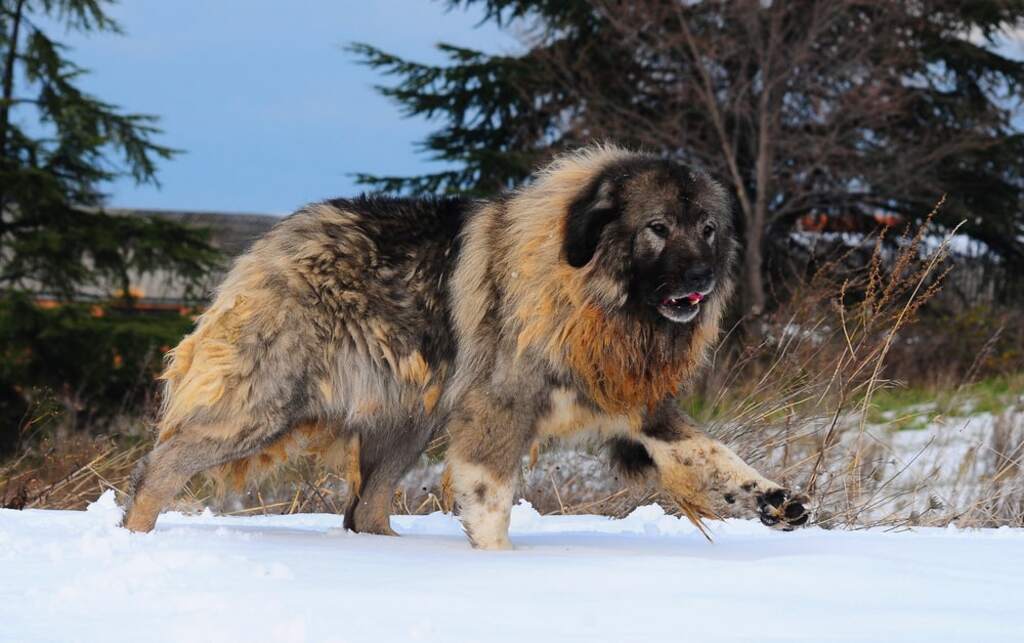
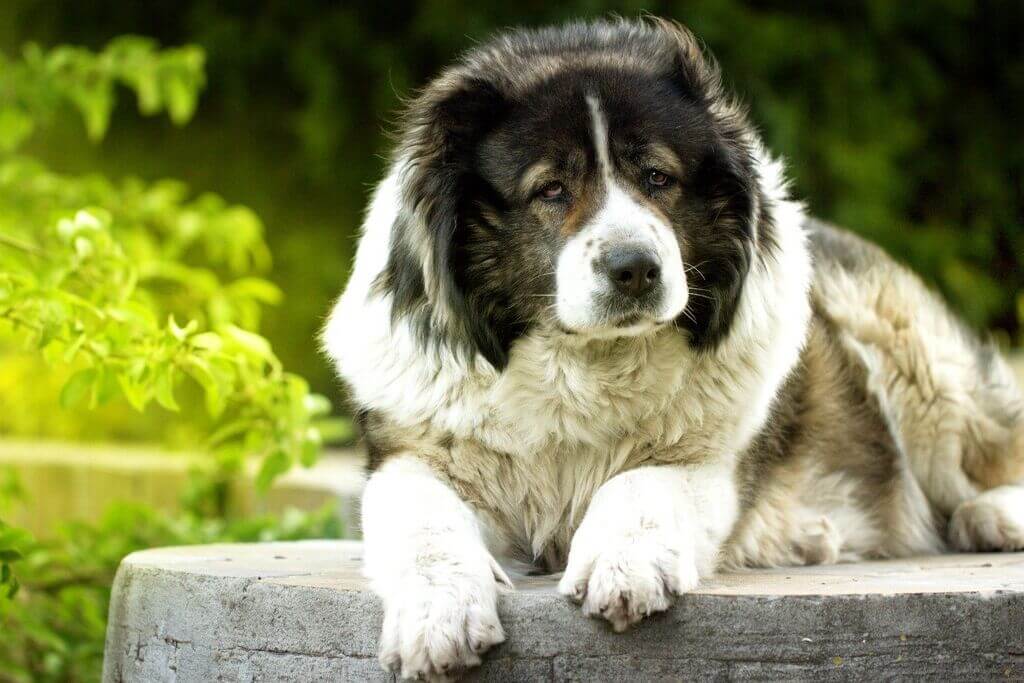
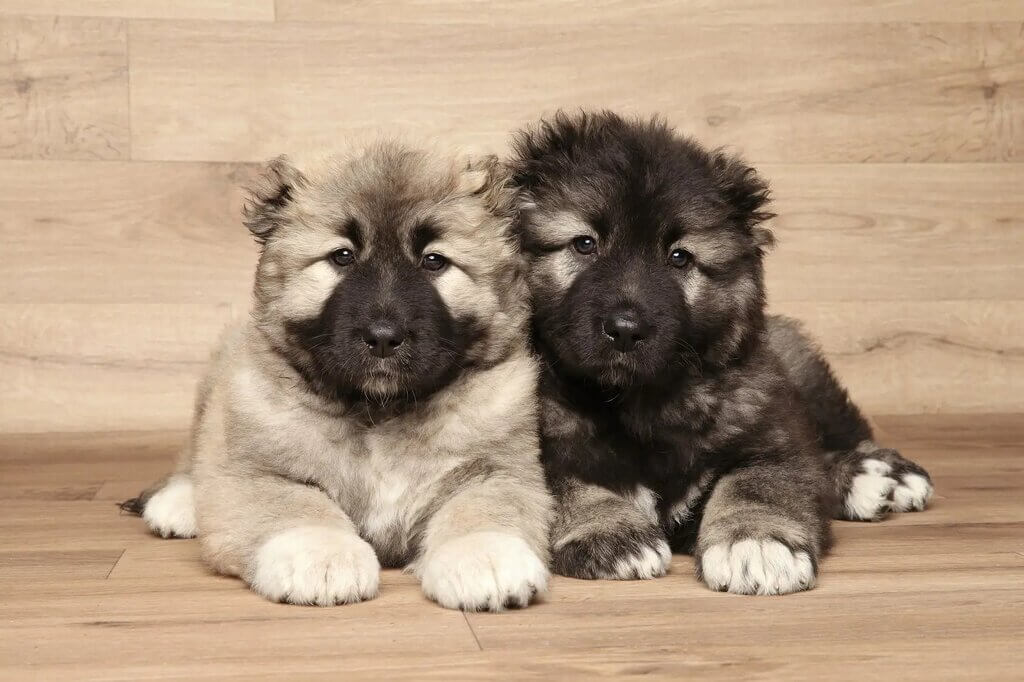
Wrapping Up
I would like to sum up this article with a statement: “Russian bear hunting dog is a breed with a great physique and protective instinct. It might get aggressive at some point. But with proper care and training, it will make the best protector and guardian of the family.”
As many dog owners believe, a Russian bear hunting dog is tough from the outside but has softness filled in its heart. It doesn’t pose any threats to kids, instead will protect them from any harm. However, it is better to be cautious and get this one, when you have all adults at home.
It will be relieving for you as well. I might forget to mention that this dog breed isn’t suitable for an apartment house.
Keep reading:








